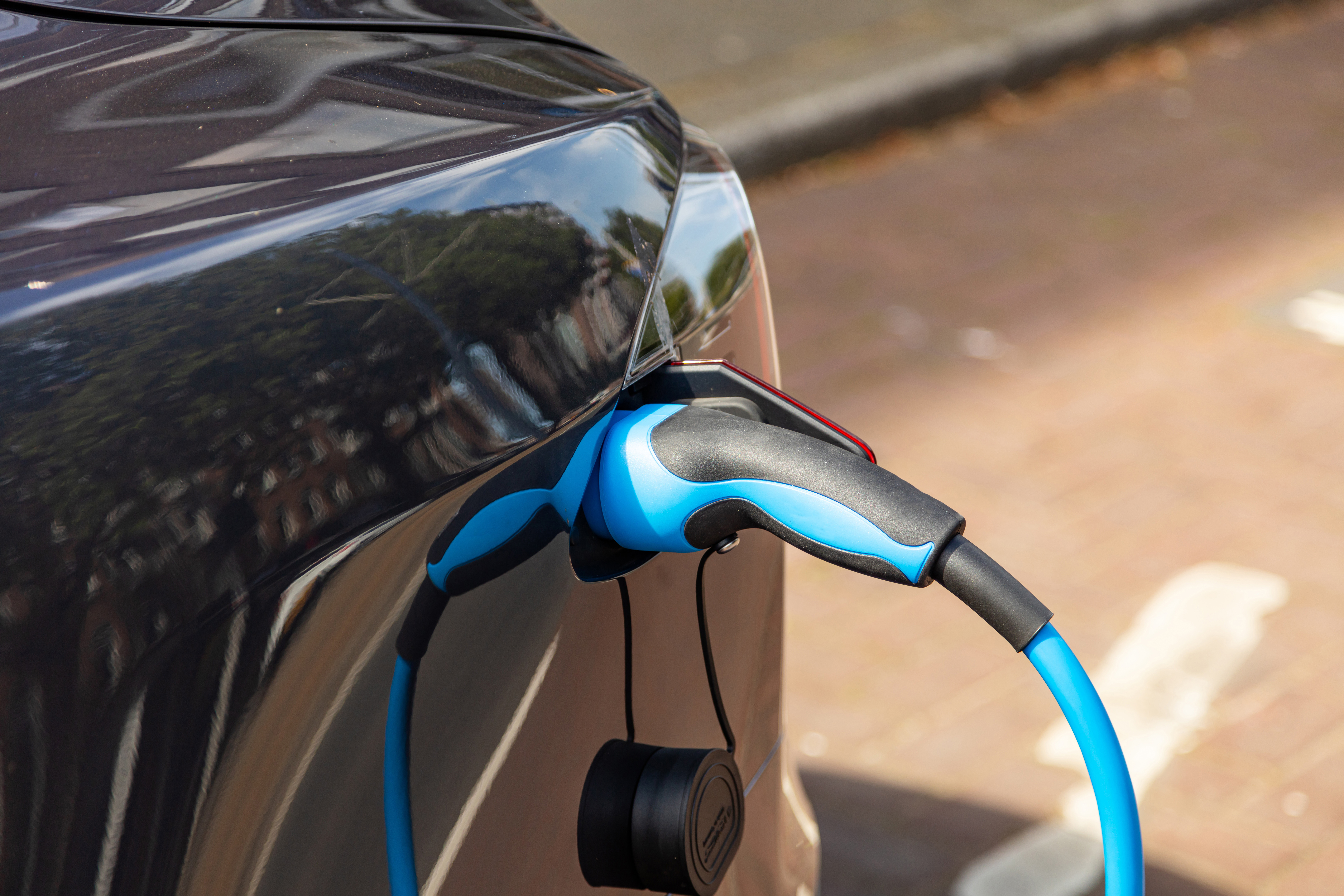|
NuMaker-HMI-M467
NuMaker-IoT-M467
|
1. Vibration Sensing in Fitness Trackers
Fitness trackers have become an essential part of modern life, providing valuable insights into our physical activity and overall health and fitness. One key feature of these devices is vibration sensing, which allows them to recognize specific movements or gestures.
The M467 development board offers advanced vibration-sensing capabilities. With its built-in sensors, it can capture vibrations generated by body movements. This vibration data can be used to identify different activities, such as running, walking, cycling, and more. By analyzing vibration patterns, fitness trackers can accurately log your workouts and generate corresponding health reports.
2. Sensor Fusion and Fitness Tracking
The M467 development board supports sensor fusion technology, which combines data from multiple sensors to improve accuracy and reliability. In fitness trackers, this technology is particularly important as it allows for a more comprehensive view of health and fitness data by combining information from various sensors.
For example, the M467 development board can combine data from the accelerometer, gyroscope, and heart rate sensor to track your movements, posture, and heart rate more accurately. Sensor fusion can also help identify different exercise patterns and determine whether you are running, swimming, or working out at the gym.
3. Gesture Sensing and Interaction
Fitness trackers are not just monitoring tools; they can also be used for interaction. The M467 development board supports gesture-sensing technology, which means you can control the tracker's functions using gestures.
For instance, you can use gestures to switch between different workout modes, adjust settings, or view notifications. This interaction makes fitness trackers more convenient and user-friendly.
4. Real-Time Recognition and Feedback
Finally, the M467 development board's powerful processing capabilities enable real-time recognition. In fitness trackers, real-time recognition can be used for immediate feedback.
For example, while you are exercising, the fitness tracker can recognize your exercise pattern in real time and provide suggestions or encouragement. This immediate feedback can help you better understand your workout progress and improve your fitness results.
|
| NuMaker-M55M1 |
1. Vibration Detection in Fitness Trackers
Fitness trackers have become an essential part of modern life, helping individuals monitor their physical activities and overall health. One of their key features is vibration detection, which allows them to sense the vibrations generated by body movements and translate them into useful data.
The M55M1 development board offers highly sensitive vibration detection capabilities. With its built-in vibration sensor, it can accurately capture the vibration patterns produced during exercise. These vibration patterns can be used to identify different types of activities, such as running, walking, cycling, and more. Through vibration detection, fitness trackers can log your physical activities, provide exercise statistics, and offer relevant health recommendations.
2. Sensor Fusion and Fitness Tracking
The M55M1 development board supports sensor fusion technology, which combines data from multiple sensors to improve accuracy and reliability. In fitness trackers, this technology can be utilized to integrate information from various sensors, providing a more comprehensive view of exercise and health metrics.
For instance, the M55M1 development board can combine data from the accelerometer, gyroscope, and heart rate sensor to track your physical activities and health indicators more comprehensively. Sensor fusion enables fitness trackers to better understand your movement patterns and deliver more precise data.
3. Gesture Sensing and Interaction
Beyond its monitoring capabilities, the M55M1 development board also supports gesture-sensing technology, making fitness trackers more interactive and user-friendly. You can use gestures to control the fitness tracker rather than relying solely on buttons.
For example, you can use gestures to switch between different exercise modes, adjust settings, or view notifications. This interactive approach makes fitness trackers more convenient and user-friendly, enhancing the overall user experience.
4. Real-Time Recognition and Feedback
The M55M1 development board's powerful processing capabilities enable real-time recognition. In fitness trackers, real-time recognition can be used to provide immediate feedback.
For instance, while you are exercising, the fitness tracker can recognize your movement patterns in real time and offer relevant exercise suggestions. This immediate feedback can help you better understand your exercise progress and improve your workout efficiency.
|



